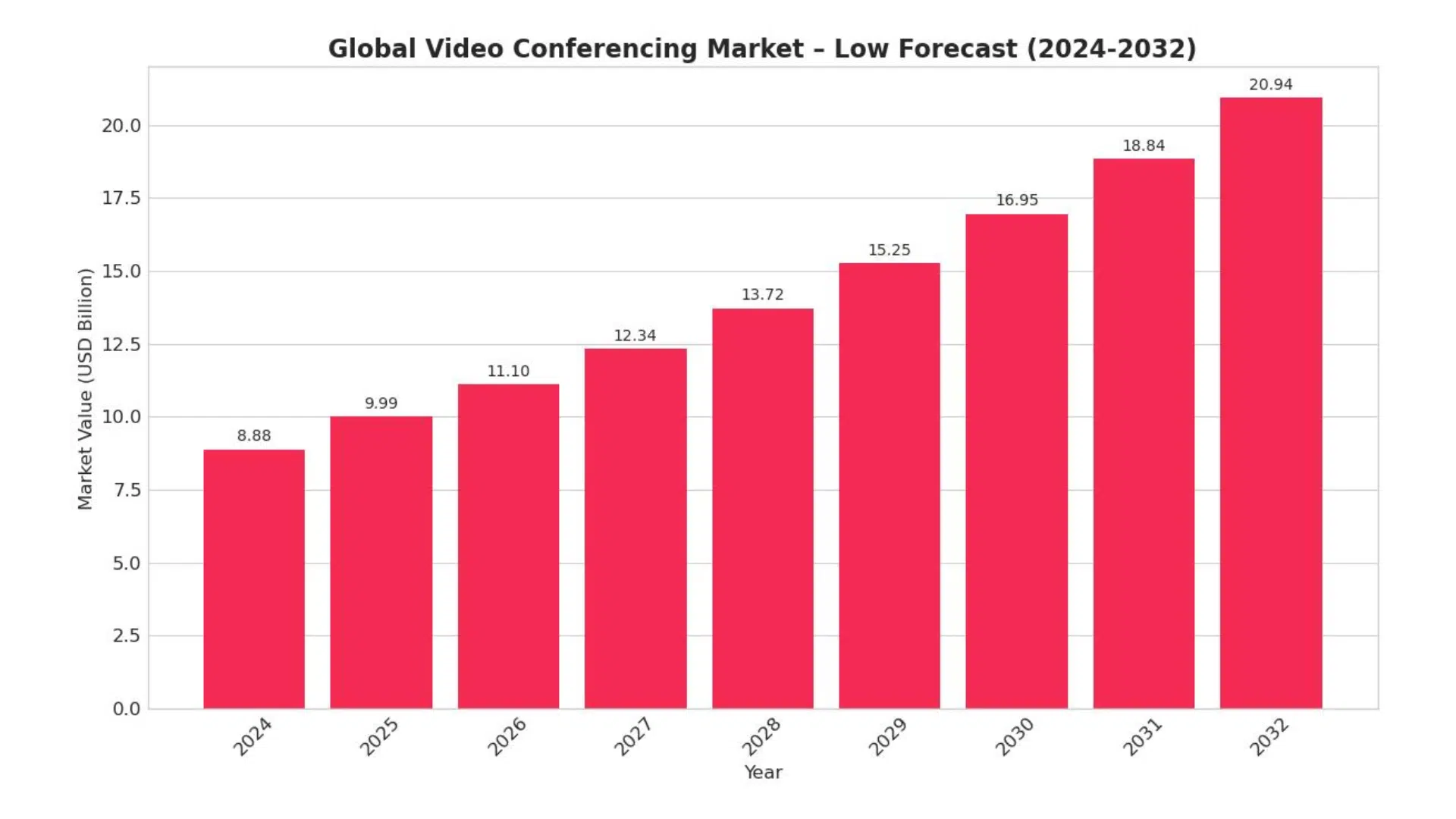The dynamic development of generative artificial intelligence is just the tip of the iceberg. Parallel to the race for the number of parameters in large language models, fundamental innovations are taking shape that will determine how AI will be implemented, managed and used in the next five years.
Analysts at Gartner have identified four key trends that will become pillars for more advanced, accountable and integrated AI systems.
1. multimodal AI – artificial intelligence of the senses
Previous AI models, despite their impressive capabilities, resembled experts with a very narrow specialisation – they understood text perfectly, but ignored everything else. Multimodal AI ends this limitation.
It is an approach in which models are trained simultaneously on a variety of data sets – text, images, video and audio.
This gives AI the ability to gain a much deeper, contextual understanding of the world, bringing it closer to human perception.
Instead of analysing a text document and an X-ray separately, a multimodal model can process them together, drawing conclusions from the correlations between them.
In practice, this means a revolution in many areas:
- Medicine: systems that simultaneously analyse a patient’s medical history (text), imaging results (images) and consultation recordings (audio) will be able to make more accurate diagnoses.
- Automation: Industrial robots will be able to respond not only to text commands, but also to visual signals from cameras and ambient sounds, increasing their safety and efficiency.
- User interaction: AI assistants such as GPT-4o and Gemini are already demonstrating the potential of this technology, seamlessly transitioning between conversation, camera image analysis and on-screen data interpretation.
Integrating multiple digital senses will make applications more intuitive and powerful, opening the way to solving problems that were previously beyond the reach of AI.
2. AI TRiSM – the foundation of trust and security
With the growing adoption of AI, companies are becoming more painfully aware of the risks – from ‘hallucinating’ models, to implicit biases (bias), to security gaps. The answer to these challenges is AI TRiSM (AI Trust, Risk and Security Management).
It is not a single tool, but a comprehensive management framework. Its aim is to implement consistent processes within an organisation to ensure that AI systems are reliable, fair, secure and compliant with regulations. The AI TRiSM consists of four key pillars:
- Explainability (Explainability): Ensuring that decisions made by AI are transparent and understandable to humans.
- ModelOps: Streamline processes for deploying, monitoring and updating AI models in a production environment.
- AI security: protecting models and data from attack, manipulation and theft.
- Privacy: A guarantee that the data used to train and operate AI is used in an ethical and compliant way, such as RODO.
Implementing AI TRiSM allows organisations to move from reactive firefighting to proactive risk management.
This is becoming an absolute necessity with the increasing complexity of models and regulations such as the EU AI Act.
3. AI agents – autonomous helpers on the offensive
If language models are the brain of an operation, then AI agents are its arms and legs. They are autonomous or semi-autonomous programmes that use AI to perceive their digital or physical environment, make decisions and perform actions to achieve specific goals.
Unlike passive chatbots that only respond to commands, agents are proactive. They can independently perform complex, multi-step tasks such as:
- Planning a business trip (search for flights, book a hotel, add meetings to the calendar).
- Conduct market research (collection of data from various sources, analysis and report generation).
- Email inbox management (prioritisation of messages, automatic replies, delegation of tasks).
The key to their effectiveness is selecting the right agent for the specific business context.
They are not a one-size-fits-all solution, but a specialised tool that, properly implemented, can automate highly complex tasks, freeing up human capacity for more strategic activities.
4. ‘AI-Ready’ data – fuel for smart machines
The best algorithm is of no use if it is fed with rubbish data. The principle of ‘garbage in, garbage out’ is more relevant than ever in the AI era. Therefore, the concept of AI-ready data is becoming a key trend.
Having ‘AI-ready’ data means that it is not only available, but more importantly optimised for a specific AI application. This is more than traditional data warehouses. It’s about implementing new management practices to ensure that the data is:
- Appropriate quality: Clean, consistent and error-free.
- Properly labelled and structured: Prepared for processing by a specific model.
- Contextually relevant: Relevant to the business problem at hand, which minimises the risk of bias and ‘hallucination’.
- Managed with respect for intellectual property and privacy.
For companies, this means they need to make a strategic shift in their approach to data management. Instead of hoarding data as a stockpile, they need to start thinking of it as fuel that needs to be properly refined before it goes into the AI engine. Investment in ‘AI-ready’ data is the foundation that determines the accuracy, performance and reliability of the entire system.












